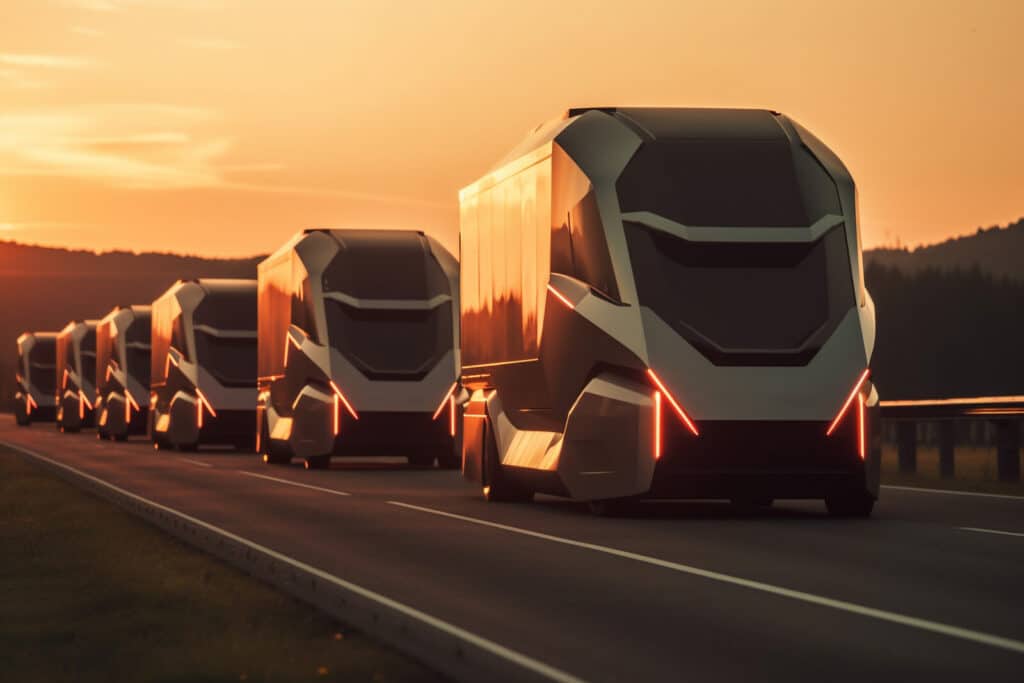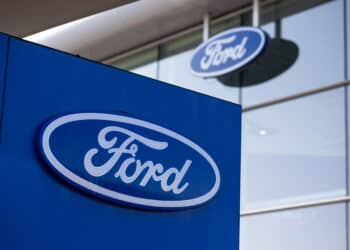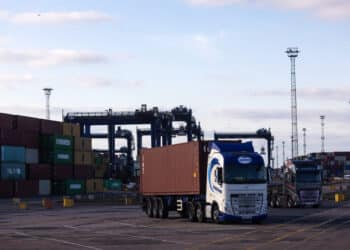The U.S. Department of Energy is offering expanded commercial vehicle tax credits and electric vehicle financing programs as part of the Biden Administration’s goal of making 50% of new-vehicle sales electric by 2030.

Critical mineral mining and processing, battery manufacturing and recycling, new loans and grants, a $5 billion investment in a nationwide charging network, and consumer tax credits are key areas of investment from the Department of Energy (DOE) and the U.S. government, Carla Frisch, acting executive director and principal deputy director at DOE, said last week during an Equipment Leasing and Finance Association (ELFA) webinar.
The expansion of loan programs has resulted in an increase in climate finance activity not seen since 2010 and 2011, during the Obama Administration, she said.
“We have a really expanded set of opportunities, and the loan programs office is open for business in a way that it has not been before,” Frisch said. “It provided many loans back in the 2010-2011 time frame, and for many years it didn’t, but with this infusion from the Inflation Reduction Act (IRA), they are doing a lot more activity.”
Programs under IRA
As part of the Inflation Reduction Act (IRA) and other government programs, the government dedicated $174 billion to electric vehicles, according to the White House’s American Jobs Act fact sheet. The DOE offers specific programs to benefit the transportation industry, Frisch said.
“For commercial vehicles, EVs and zero-emission vehicles, there are tax credits available up to $40,000,” she said. “That would be for your big tractor-trailer that’s hauling lots of equipment.”
The act also provides $7,500 tax credits for the purchase of new EVs and $4,000 tax credits for the purchase of used EVs, as well as discounts on charging equipment. Funding for various parts of the EV supply chain is also available, Frisch said.
“Across these laws — the [IRA] and the bipartisan Infrastructure Law — are all the parts of the electric vehicle supply chain,” Frisch said. “If you think about that ecosystem of transportation … there are incentives in all the different parts of that for consumers, for businesses and for different types of businesses in the supply chain too.”









